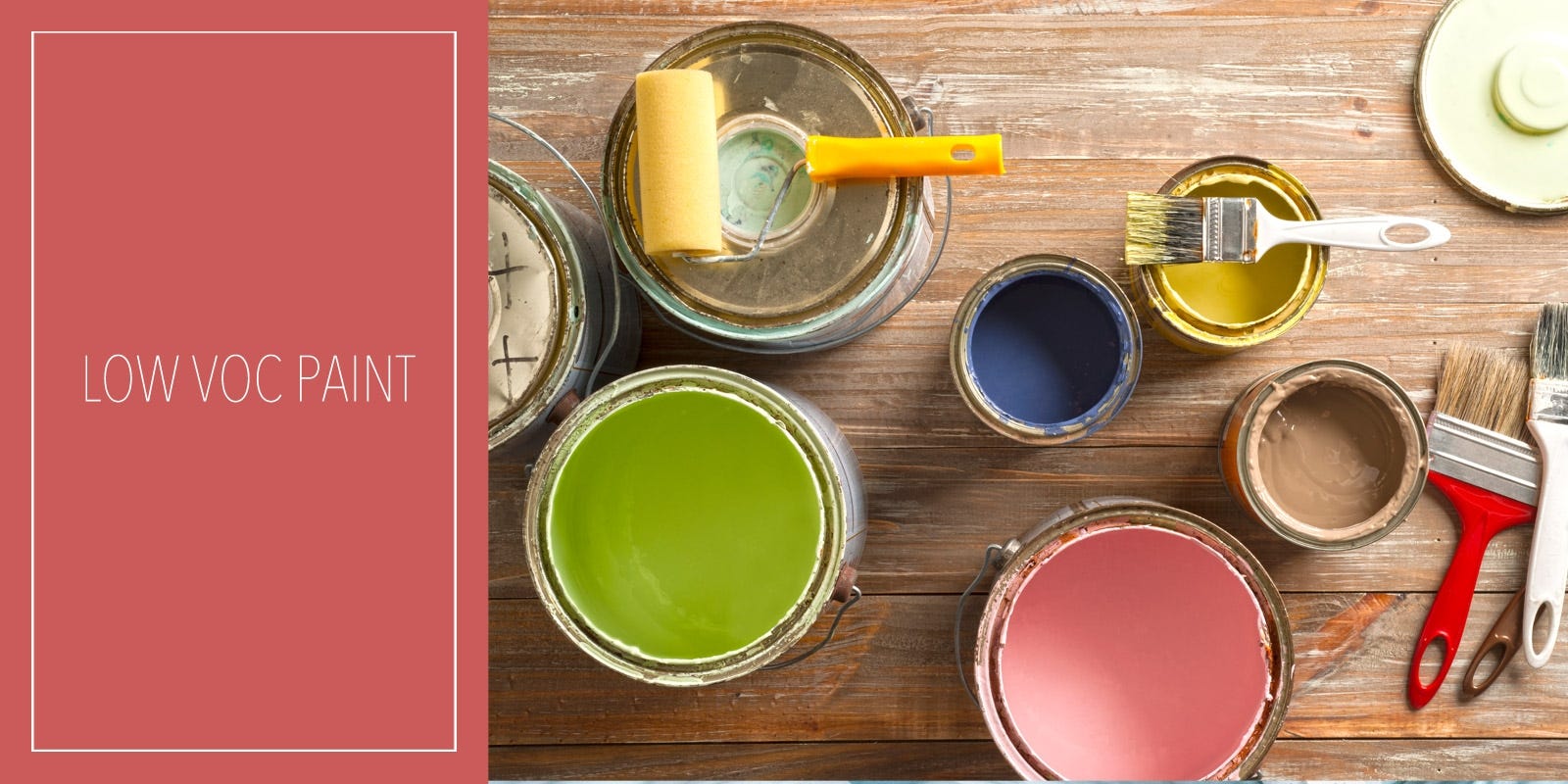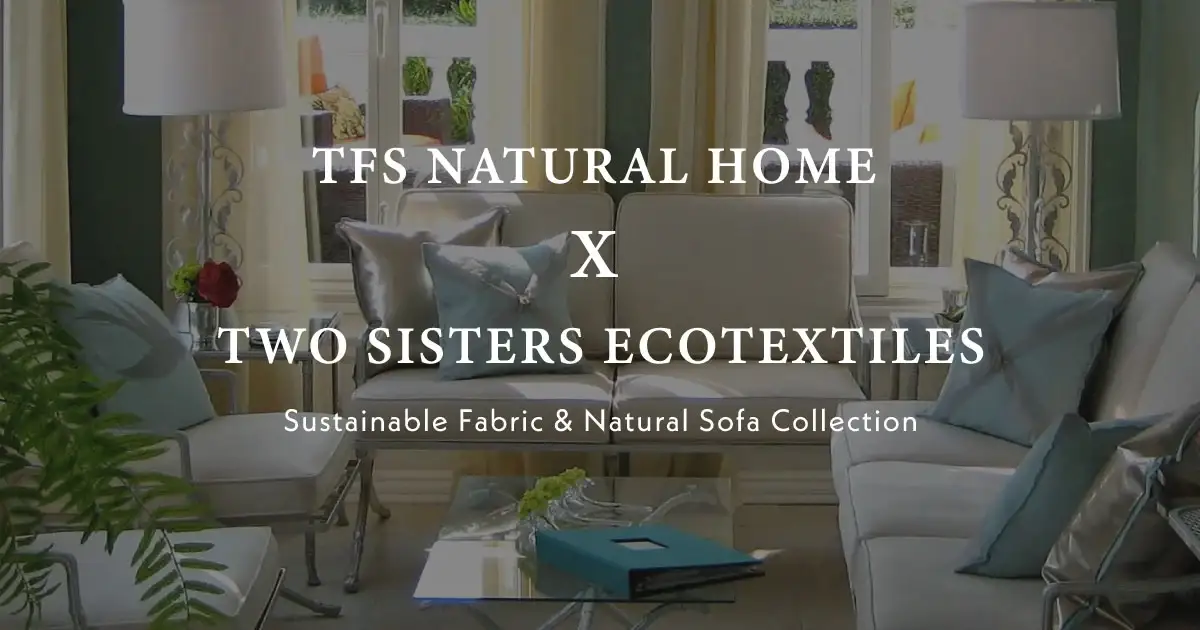
How To Find Eco friendly Low Voc Paint On Futons?
Typical paint contains up to 10,000 chemicals, of which 300 are known toxins and 150 have been linked to cancer. Some of the most harmful chemicals found in paint are volatile organic compounds, or VOCs. VOCs are unstable, carbon-containing compounds that readily vaporize into the air. When they enter the air, they react with other elements to produce ozone, which causes air pollution and a host of health issues including breathing problems, headache, burning, watery eyes and nausea. Some VOC's also have been linked to cancer, as well as kidney and liver damage.
Linseed Oil Finish
Most paint is not low VOC because their are lacquers and stains which require chemical compounds to work properly. The best answer to futons with low VOC finishes is to get linseed oil hand rubbed finishes on your futon frame. This type of finish shows the natural wood grain, but also prevents manufacturers from using lower quality woods with imperfections. Natural hardwoods, such as walnut wood, cherry wood,maple wood and solid oak look beautiful in there natural form, therefore a clear hand rubbed oil will cure and moisturize the wood, without changing the natural color and beauty of the futon frame. Natural oil finishes have no toxic VOC's, keeping your environment, family and pets healthy. The Futon Shop is a direct distributor of Amish Futon Frames, Hand Rubbed with Linseed Oil.
Why Are VOC's Dangerous
As organic materials in finishes evaporate during the drying/curing process, VOCs are released into the air, affecting indoor and outdoor air quality. The American Lung Association reports that VOCs and their byproducts can produce a number of physical problems, including eye and skin irritation, lung and breathing problems, headaches, nausea, muscle weakness, and liver and kidney damage. Indoor air pollution from VOC emission has becoming an every increasing concern. VOC levels can be ten times higher indoors than outdoors, with numbers rising up to 1,000 times higher immediately following application of a new coat of finish.
Actions To Reduce VOC's
Over the past few years, regulation under the Clean Air Act and consumer demand for low-VOC finishes have led to the creation of a variety of new products. Many penetrating finishes, such as semi-transparent stains, have low solids content (pigment, oils, polymers) and are being reformulated to meet low-VOC regulations. To meet the VOC requirements, these reformulated finishes may contain higher solids content, reactive diluents (dilutants or thinners), new types of solvents and/or cosolvents, or other non-traditional substitutes. These low-VOC requirements do not penetrate the wood as well and rather coat the surface. This is one of the major drawbacks to the new low-VOC stains.
More Ways To Decrease VOC Exposure
Another way to decrease air emissions from wood finishes is to change the formulation to a water-based coating. The new water-based products achieve a dramatic improvement over solvent-based finishes in terms of VOC emissions and human comfort and health. Companies that have successfully switched to water-based coatings have worked closely with their suppliers to determine the best water-based formula for their specific uses.
Everything You Need To Know About Futons


 What Houseplants Are Best For Cleaning The Air?
What Houseplants Are Best For Cleaning The Air? What To Consider When Buying A Futon?
What To Consider When Buying A Futon? Why Buy A Futon?
Why Buy A Futon? What Wood Is Best For Beds?
What Wood Is Best For Beds? What Are Futon Frame Styles?
What Are Futon Frame Styles? What's The Most Comfortable Futon Mattress?
What's The Most Comfortable Futon Mattress? What Are The Sizes Of Futons?
What Are The Sizes Of Futons? How To Care And Maintain Your Futon?
How To Care And Maintain Your Futon? What Furniture Is Best For My Health?
What Furniture Is Best For My Health? What Causes Poor Indoor Air Quality?
What Causes Poor Indoor Air Quality? Do Mattresses Contain Volatile Organic Compounds (VOCs)?
Do Mattresses Contain Volatile Organic Compounds (VOCs)? Sleep VOC Free
Sleep VOC Free What Is Off Gassing?
What Is Off Gassing?





